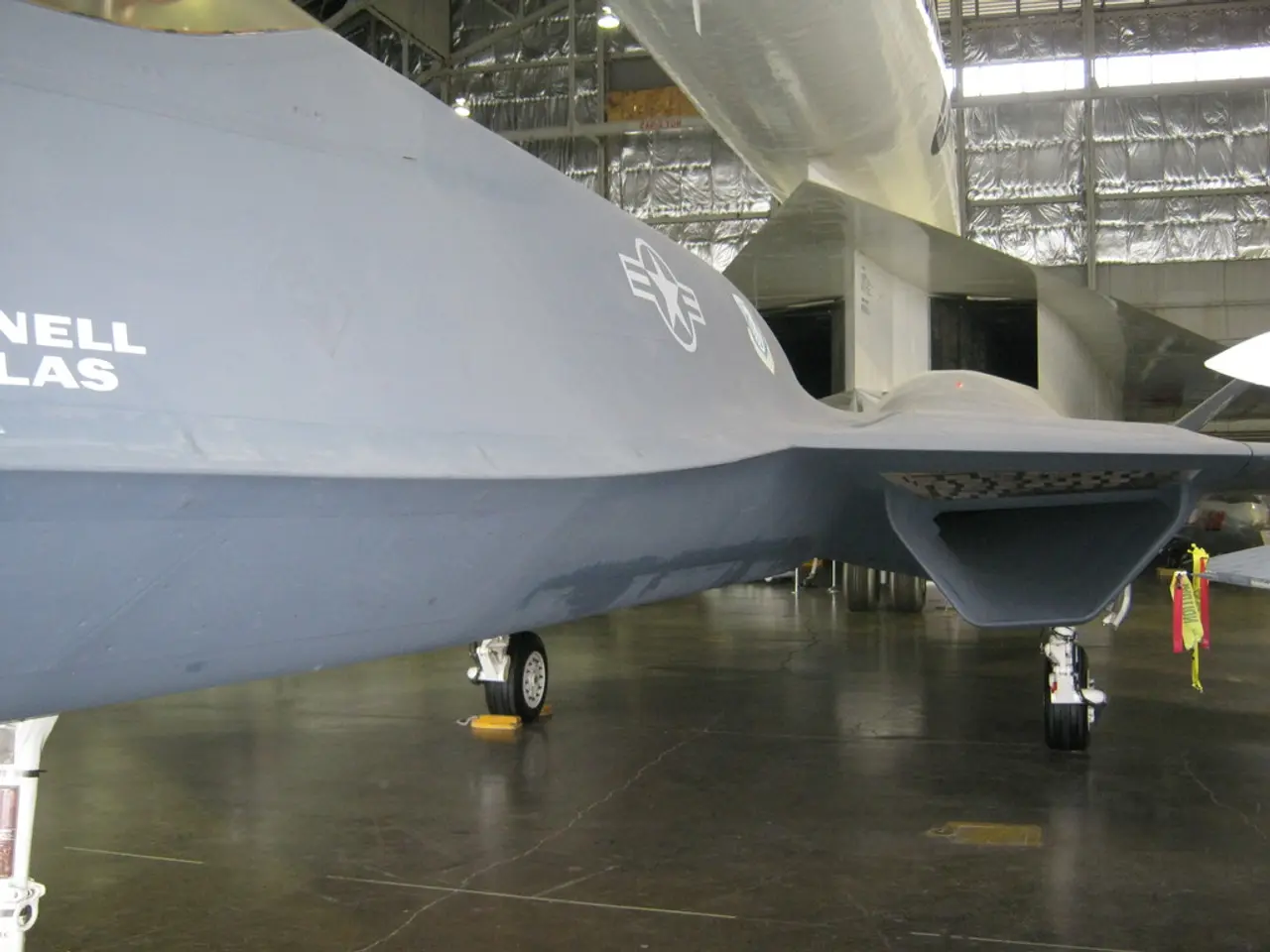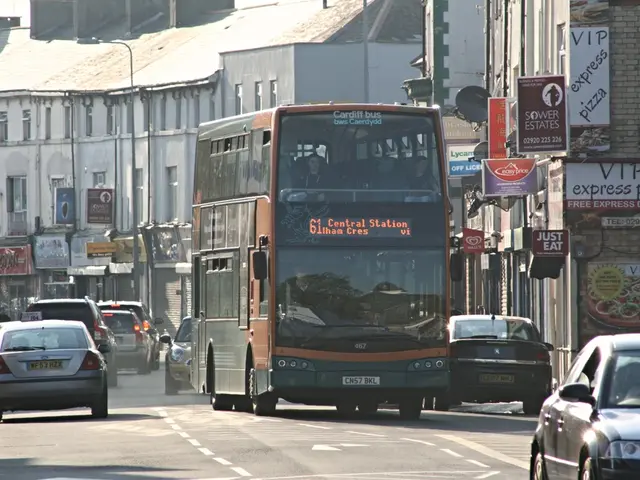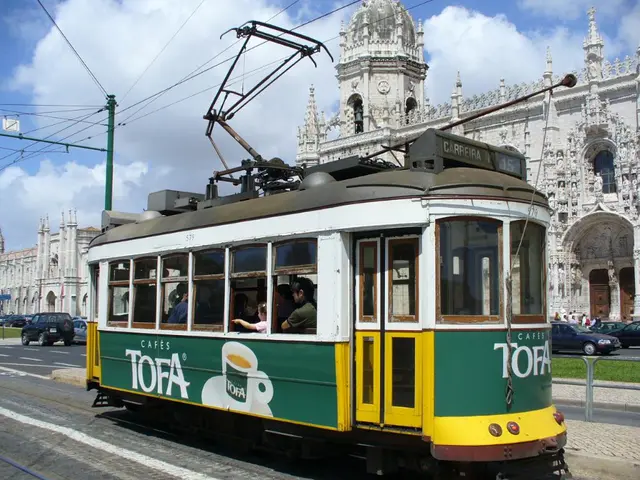Supersonic aircraft to be powered by Rolls-Royce engines in production.
Boom Overture Supersonic Passenger Aircraft: A Leap Forward in Post-Covid-19 Aviation
The Boom Overture supersonic passenger aircraft project, initially delayed by the Covid-19 crisis, is now making significant strides towards commercial introduction around 2029-2030. Despite the challenges posed by the pandemic, Boom Supersonic has been steadily advancing testing and development efforts.
The Overture's timeline has been adjusted, with the first flight now planned for 2026 and service entry targeted for 2029 [1]. Boom successfully flew its XB-1 demonstrator, breaking the sound barrier in January 2025 at speeds up to Mach 1.12, demonstrating crucial sonic boom mitigation technologies [2][3][4]. Furthermore, a presidential executive order in June 2025 repealed the longstanding U.S. ban on supersonic flight over land, paving the way for Overture operations domestically [2][4].
The Overture is designed to cruise at Mach 1.7 over water and just below the speed of sound over land, aiming to offer twice the speed of today’s jets and significantly reduce travel times [1][3]. Boom is developing a custom propulsion system called Symphony, with engine testing expected in early 2026 [2]. Partnerships with Rolls-Royce and other aerospace entities support the advancement of engine and airframe technology, with ambitions to produce 5 to 10 planes monthly at a new manufacturing facility planned around 2022-2025 [1][2].
The pandemic has delayed the original schedule by about two years, but it has not halted development. Since 2022, the aviation market recovery and lifted travel restrictions have increased demand for faster travel, encouraging Boom to accelerate and adapt its project timeline accordingly [1][2].
In summary, Boom Supersonic and partners like Rolls-Royce are making steady progress on the Overture supersonic airliner, benefiting from technological, regulatory, and market advances post-COVID-19. The project aims for certification by 2029 and commercial operations by 2030—with supersonic flights over U.S. land now feasible under new federal rules [1][2][3][4]. The future of aviation post-Covid-19 seems to hold exciting developments, including the possibility of supersonic aircraft.
References:
- Boom Supersonic. (2023). Boom Supersonic Announces Overture Update. [Online] Available at: https://boomsupersonic.com/overture-update
- Wall, M. (2023). Boom Supersonic’s Overture Jet is Aiming for a 2029 Launch. [Online] Available at: https://www.space.com/boom-supersonic-overture-jet-aiming-for-2029-launch
- Boom Supersonic. (2023). Boom Supersonic XB-1 Demonstrator. [Online] Available at: https://boomsupersonic.com/xb-1
- Boom Supersonic. (2023). Sonic Boom Mitigation. [Online] Available at: https://boomsupersonic.com/sonic-boom-mitigation
- Rolls-Royce. (2023). Rolls-Royce and Boom Supersonic Announce Partnership. [Online] Available at: https://www.rolls-royce.com/media/news/rolls-royce-and-boom-supersonic-announce-partnership.aspx
- In light of the post-Covid-19 aviation industry, technology advancements have played a significant role in the development of the Boom Overture supersonic passenger aircraft, with partnerships such as the one with Rolls-Royce contributing to engine and airframe technology.
- The Overture's planned service entry in 2029 and commercial operations in 2030, following its first flight in 2026, showcase an exciting intersection of finance, aerospace, and technology, positioning the supersonic aircraft as a key player in the future of high-speed travel.








